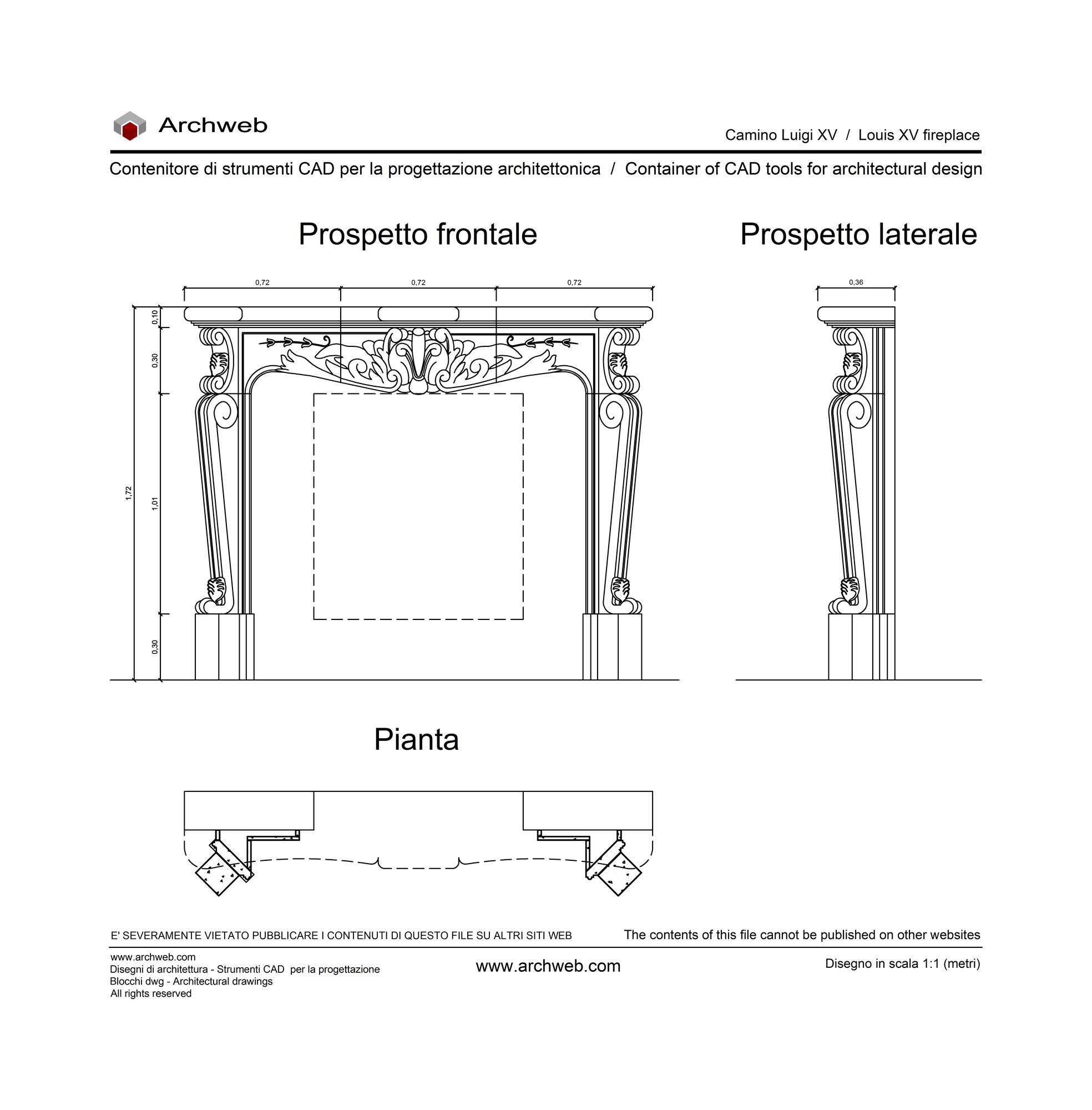Where there is fireplace, there is home
Fireplace as an archetype of fire
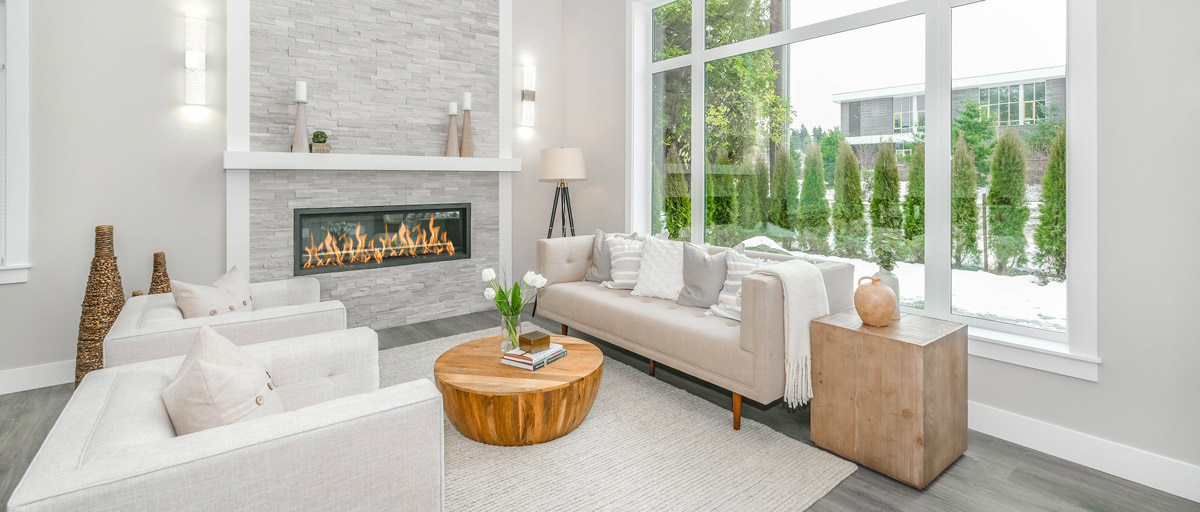
The fireplace represents the archetype of the fire inside a house, which has always been an essential element since the time of the caves.
Before modern times, it was lit in a hearth above which a hole was made in the roof for the release of smoke from the house.
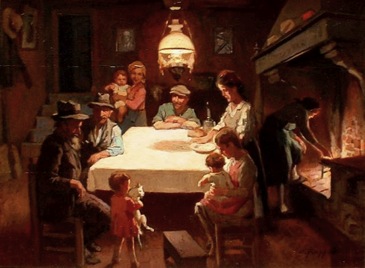
There was the past, the present and the hope of the future.
However, the arrangement of the hearth induced to disperse a lot of heat and the fumes did not always discharge correctly.
In the Middle Ages, where the roofs were built in straw or wood, the chimney, thus conceived, caused numerous fires, but with the introduction of new building materials, and especially stones and bricks, the chimney was placed close to the wall. The first “pavilion” were completely protruding from the wall against which they were leaning, surmounted by a hood that was supported by columns; they were very bulky, and due to the lack of side walls the draft was often difficult and this created a thermal dispersion.
For obvious necessities, then, the fireplace was also designed for other rooms of the house, especially for the bedrooms where the so-called “intermediate fireplace” was created with the base inserted halfway into the wall, thus reducing its bulk and bringing benefits. in terms of performance and draft.
Over the centuries, with the introduction of new materials, the fireplace is today not only an excellent solution for emitting heat in all areas of the home, managing to obtain constant temperatures as well as possible energy savings.
It is possible to choose between the traditional fireplace, the water and air thermo-fireplace which make it an economical and ecological form of heating.
Although the ecological aspect is certainly of fundamental importance, the architectural aspect is no less important.
In fact, in recent years, thanks to technological progress, the fireplace has become a design object by now conceived, designed and built in various shapes and materials.
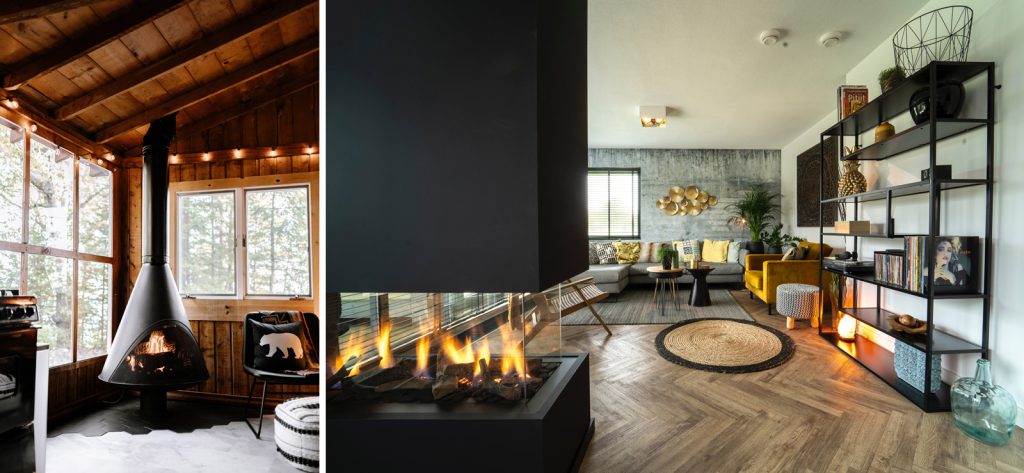
Despite the classic wood-burning fireplace, it has a timeless charm, today, for the following reasons, bioethanol fireplaces (commonly called bio-fireplaces) are also very popular.
Bioethanol is a liquid fuel that is obtained from the fermentation process of processing residues of agricultural products rich in sugar. It is therefore a non-harmful, bio and ecological product.
But choosing an ethanol fireplace is not just a green choice. The bio-fireplace, in fact, does not provide for any flue, so there are no invasive interventions in the walls, and it is possible to install it in any environment.
Furthermore, the biological combustion allows not to release ashes or residues: this allows to reduce maintenance operations to a minimum. It will be enough to take care of an external cleaning and a periodic inspection of the bioethanol tank.
The bioethanol fireplaces are part of the “free hearths”, that is, they are not subject to legislation and do not require particular periodic reviews. Biological combustion makes it possible not to release ashes or residues: this allows maintenance operations to be reduced to a minimum.
The only precaution that must be taken into account before choosing a bio-fireplace is the square meters of the room to be heated. In fact, depending on the model and the power of the burner, it is possible to heat a room of up to 30-35 m2, taking into account that 2 liters of bioethanol burns for 4 to 6 hours.
As for the design, another valid reason for opting for this type of fireplaces, on the market there are different sizes, materials, shapes and power. Elegant, refined, extravagant.
There are generally three types of bio-fireplaces:
- countertop: with an elegant and refined design, it is suitable for both indoor and outdoor environments such as gardens and terraces. They can rest on the floor or on a piece of furniture and can be very versatile as they can be moved from one place to another, from one room to another very easily.
- wall: hangs on the wall like a picture, with the special hooks and does not require preventive interventions in the wall.
- built-in: they are the most expensive in terms of installation because they require the creation of a niche in which they will be positioned. They can be made flush with the wall with a more or less decorated frame, or open onto an ideal corner for the living area.
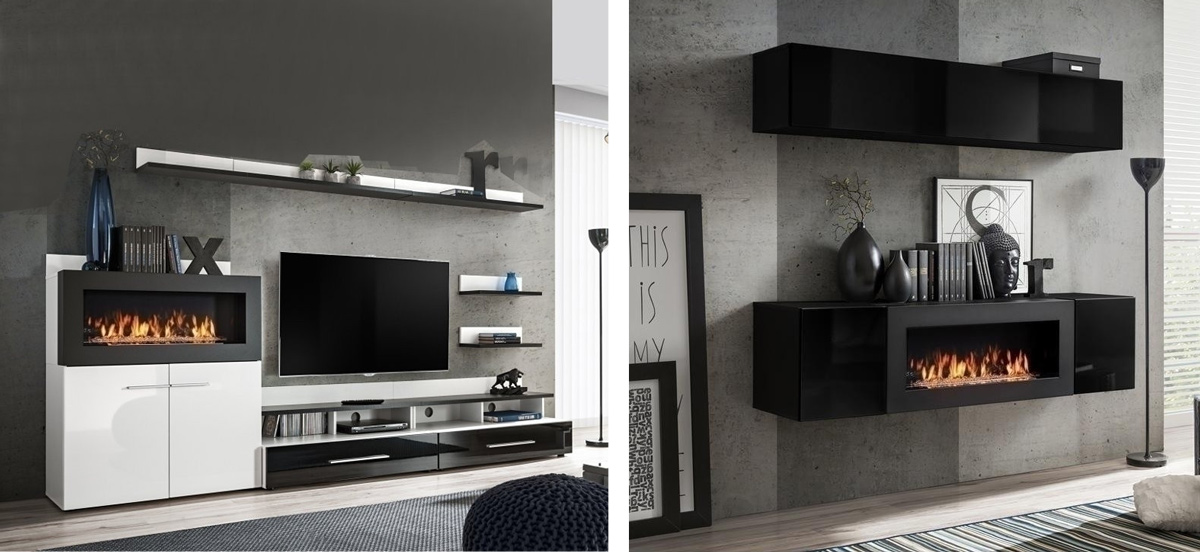
Source: www.gihome.it
Of particular interest is the recovery of the old fireplaces, making them functional again simply by installing an insert, which can be either wood or pellet. Inserts are heating systems designed to fit into an existing open fireplace. Simple to install and use, the insert gives life to the old hearth, without altering its beauty in the least.
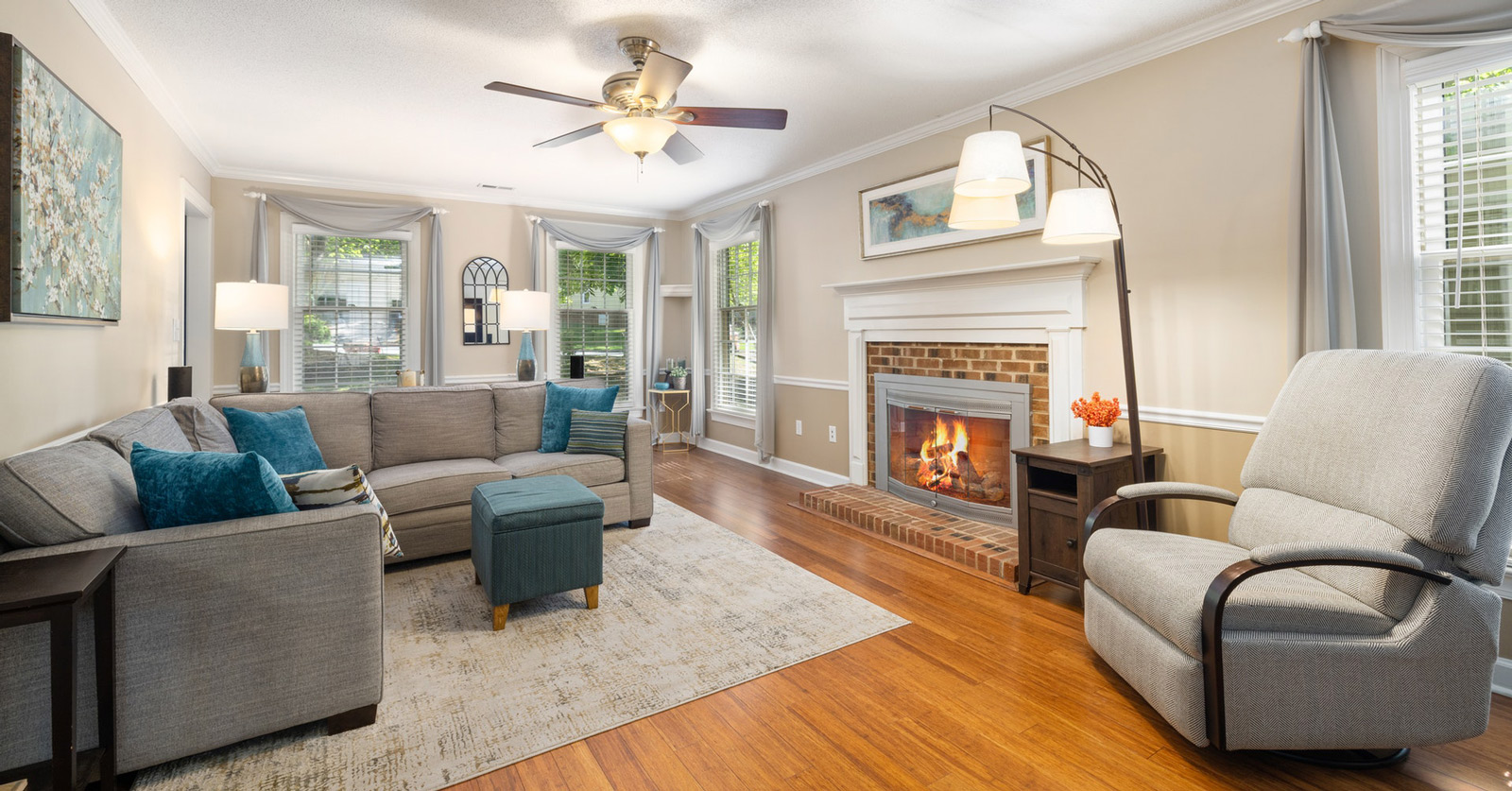
If, on the other hand, it is not possible to make it functional again, then, it is possible to exploit it by giving space to many creative ideas and ingenious solutions: from a bookcase, a well-defined corner of green, to a pet bed, to a useful shelf. The solutions are truly endless and the world of the web provides us with many inspirations.

Fire is a symbol of life in a house, both as a useful element for cooking and for heating, but it is also as a maximum expression of welcome and domestic warmth for this reason, even today, the fireplace represents the fulcrum around which to organize the furnishings and domestic activities.
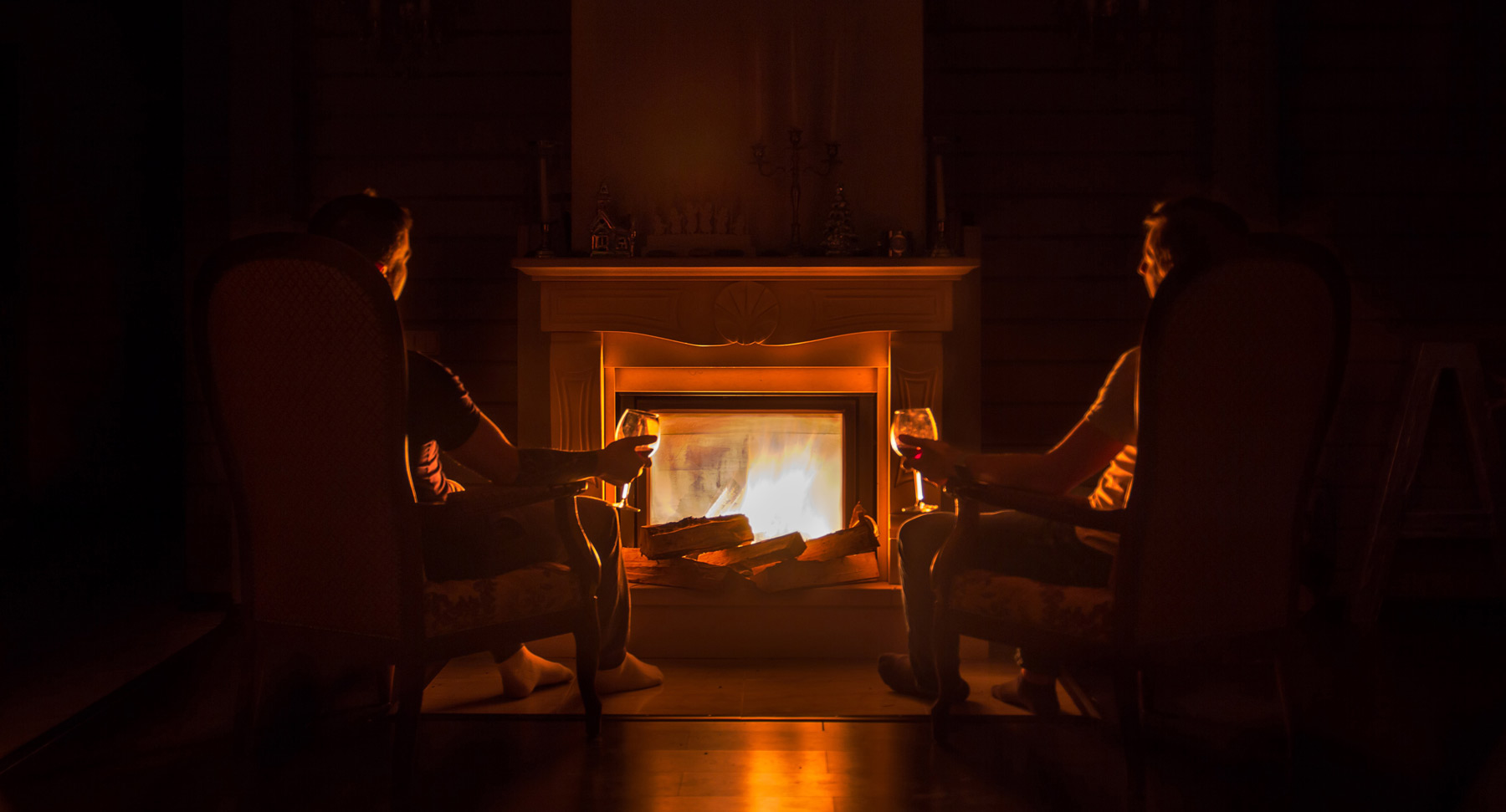
“A house with no fireplace is a house without a heart” – Gladys Tabe

































































